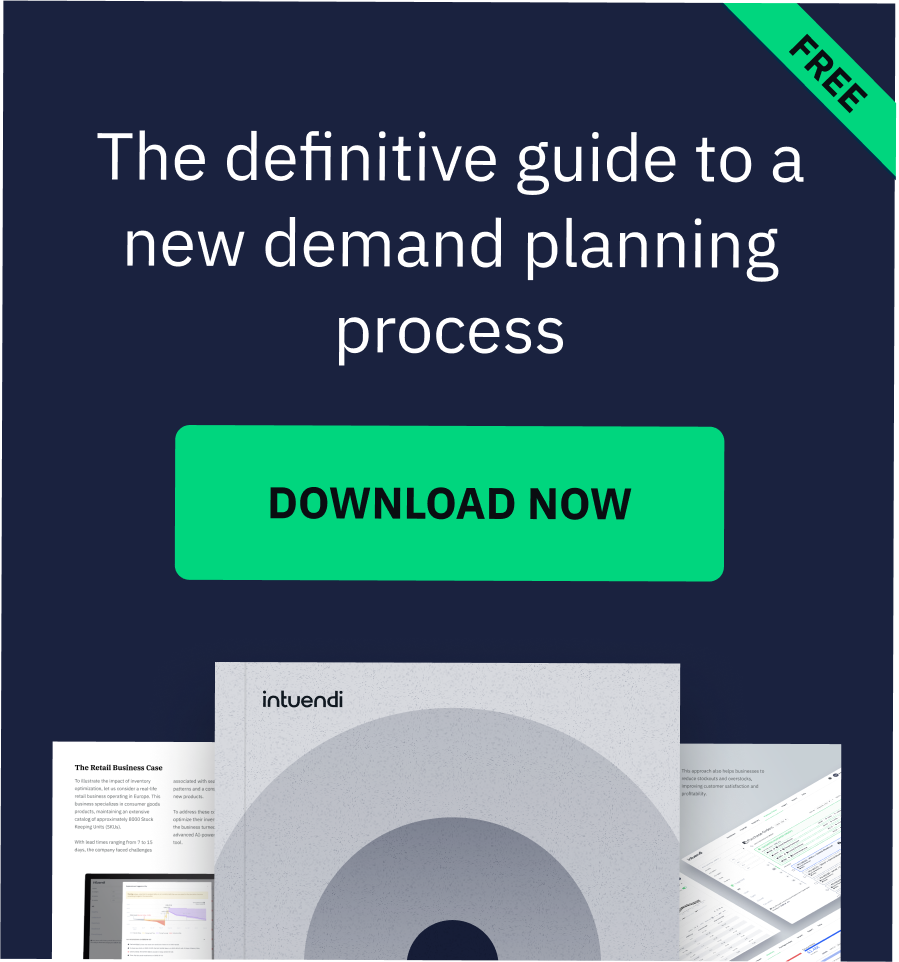If you have an e-commerce store you probably made a thorough search in order to decide if and how to drive a real multichannel business.
Opening your business up to a crowd of new customers coming from different channels is potentially a huge speed up for your profits. Potentially, as we said.
eBay and Amazon are the best opportunities to spread out your inventory and find new customers since they are 1st and 2nd largest marketplaces in many Countries like the US, the UK, Canada and the majority of Europe.
So, if you are a retailer but you don’t sell on eBay or Amazon, you are probably missing a great opportunity to increase your sales.
But you have to be prepared in order to get the most out of the channels you will include into your sales strategy.
Best practices on Ebay and Amazon
The best sellers know that there are many things you can’t miss if you want to make your business profitable in channels where you have way more users than your website, but also a ruthless competition.
For instance, providing a world-class customer service will exponentially increase your positive feedbacks and the shop reputation will become a great advantage for you. This is surely true for both eBay and Amazon.
Another important factor is your products description: detailed specs, accuracy, and honesty in talking about the item and good photos will enrich your listings and will increase the chance to sell the items. Other critical tasks just like packaging, shipping, communicating with customers are really important for a successful presence of your business on eBay or Amazon.
What really makes the difference in your business
The factors listed above are important when you have an available product and a customer that chooses your listing with a purchase intention. If you do a good job on your listing, you will sell the product.
There’s a huge hypothesis on this reasoning: you have availability of the product that the customer really wants at that moment, with the best price or, at least, a really competitive price.
That’s the hardest work to do and making the hypothesis come true is where the majority of business fails. You should know that every decision in your business, first of all your inventory management, starts with the projection of the sales that your company expects to earn at some point in the future.
You customers will buy from your listing if you’ll have stock enough, but finding the right stock level is really tricky: too much stock, and you will pay for the storage costs with a real risk of unsold items. Too little stock and you will win lost sales and unhappy customers.
A better Demand Planning will make you win against the competition
To best way to manage your inventory is forecasting your demand by using past sales data and deciding the stock levels according to the predictions.
You should forecast your items according to the sales history on each channel:
what sells well on Amazon might not move as effectively on eBay.
Advanced demand forecasting tools are really effective in automatically extracting trends and seasonality from your data, in order to give you a better understanding of your market dynamics.
There another great advantage in doing that: if you know when your product demand is expected to increase, you can prepare your stock in advance with anticipated replenishment orders and better prices from your suppliers.
As a consequence, you will be able to show better prices from your listed items and will gain a lot of visitors on your pages.






